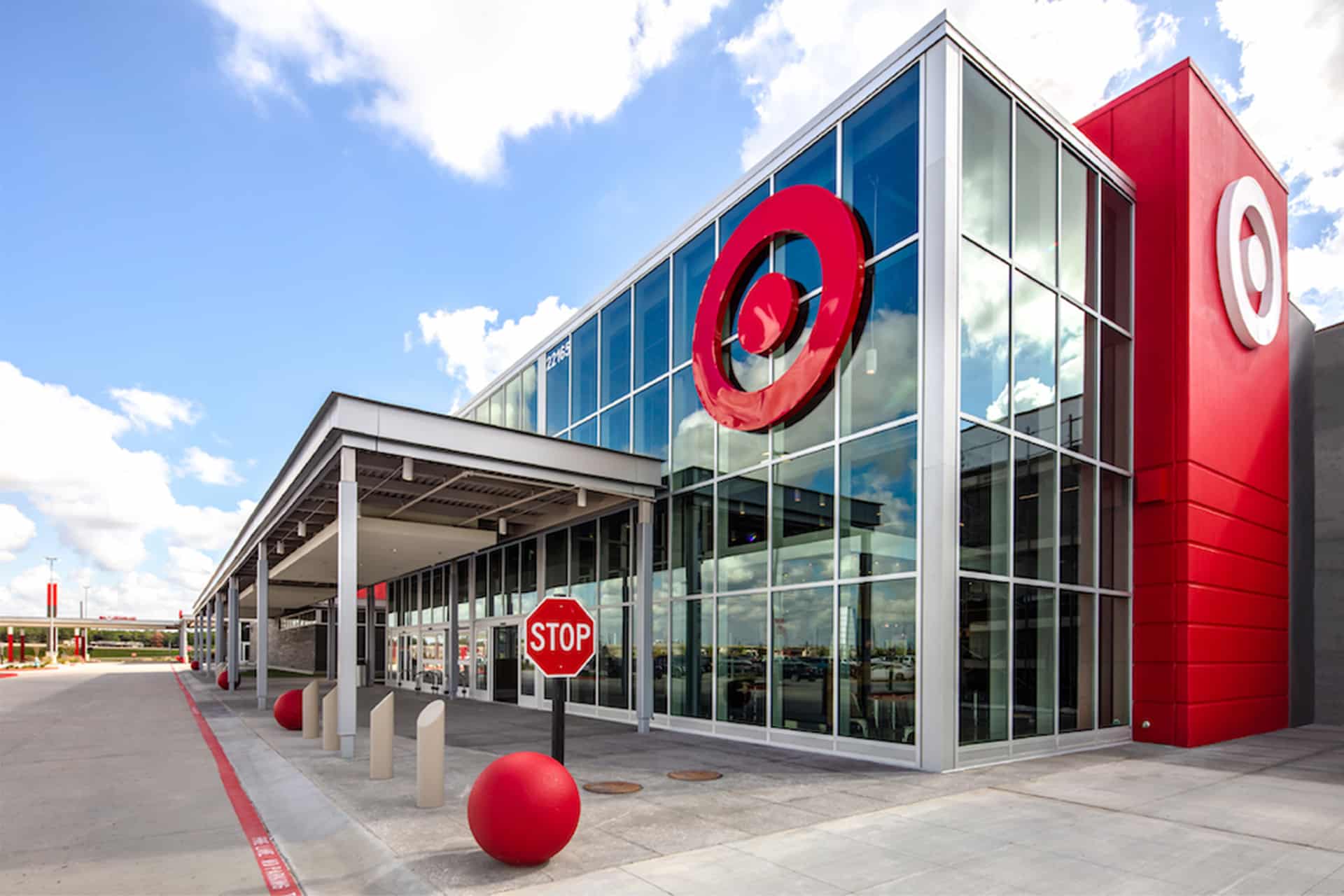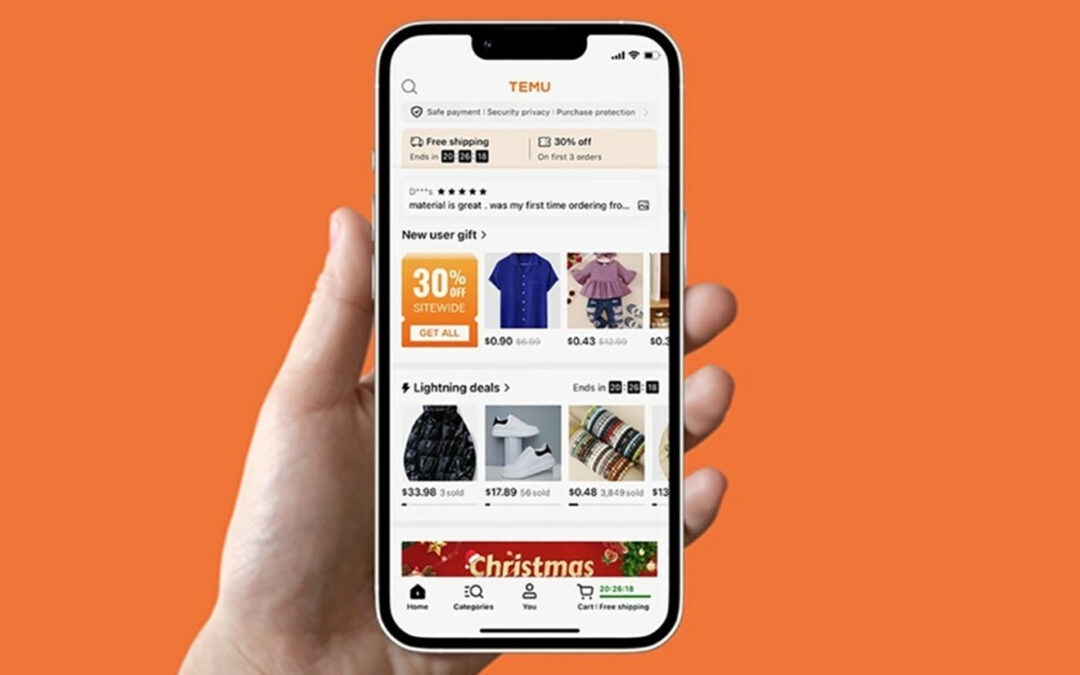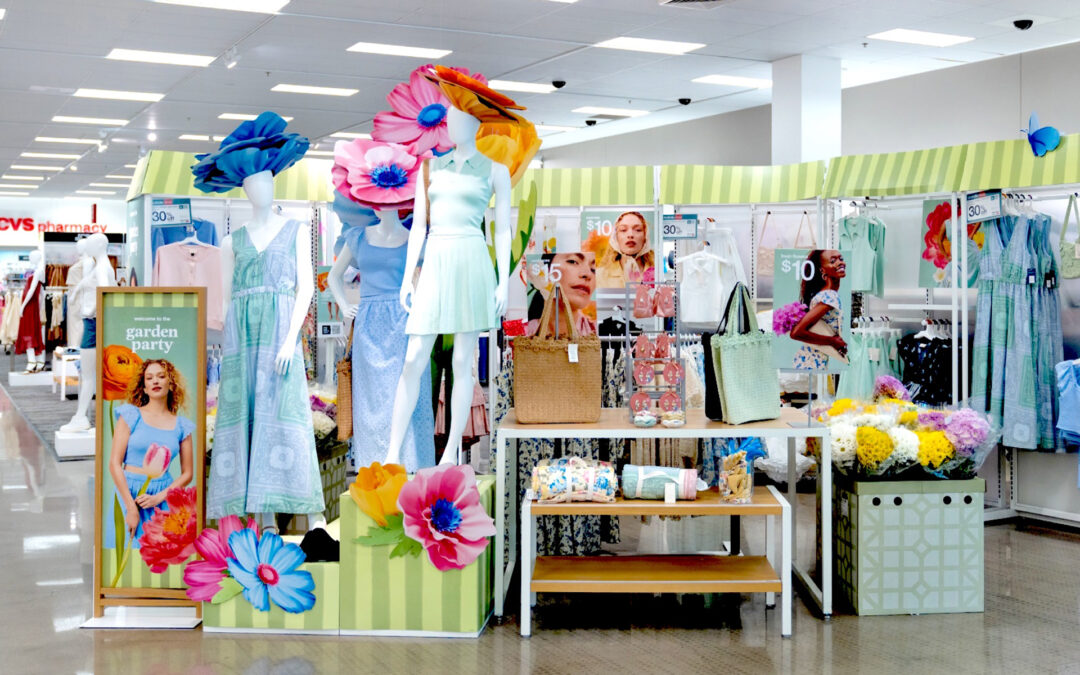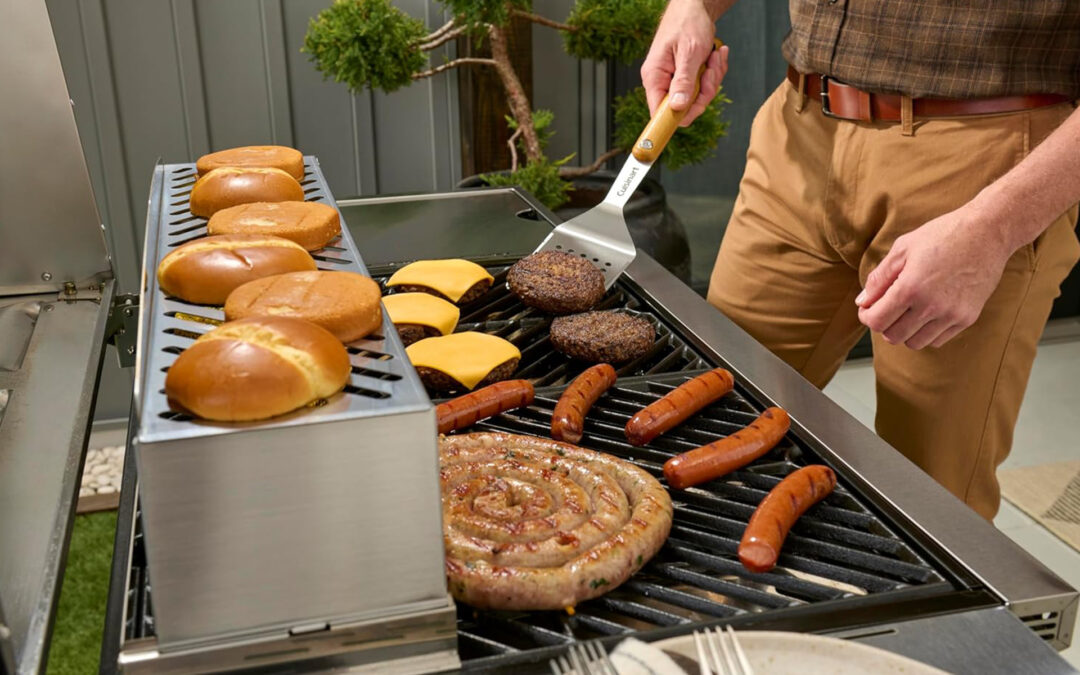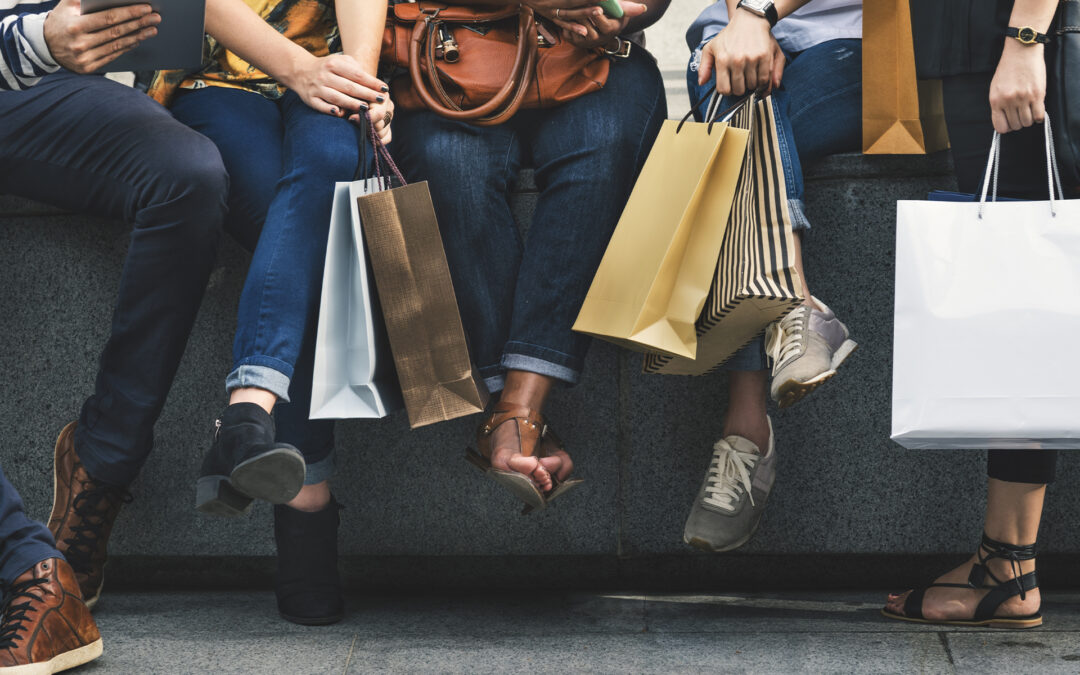As part of building out its omnichannel infrastructure, Target is fitting into more communities with multiple formats that make shopping and functions such as in-store pickup more convenient.
The company has opened 23 new locations that will potentially serve two million additional customers, and it is looking to add more as it increases features designed to enhance the customer experience.
The company’s store strategy, lately focused on smaller urban stores, is becoming more diverse. The company has developed a larger prototype launched in Katy, TX, near Houston, at 150,000 square feet. The Katy store, with a footprint about 20% larger than the current chain average, includes a backroom fulfillment area that’s five times more spacious than has been the case in Target’s biggest stores, providing even more room for delivering online orders through pickup and delivery same-day services.
In contrast, Target’s downtown Pittsburgh space offers shoppers a somewhat limited 10,000 square feet of space. However, the company made the most of those dimensions with a proportionately larger grocery department to better serve a community that had been a food desert.
Target is tailoring new stores to better fit the needs of the communities they serve as it seeks to establish a more compelling shopping experience. The company notes that the stores are built to embrace neighborhood spirit through design; the Times Square Target in New York City shows off the electronic flick of its Bullseye’s tail while the small-format site in Los Angeles’ Silver Lake community has corrugated steel cladding as an eye-catching enhancement.
As part of its store expansion, Target has entered three new markets in 2022: Jackson Hole, WY; Lebanon, PA; and Auburn, ME. Target also debuted its first small-format store in Charleston, SC, which serves the College of Charleston campus and a thriving tourist district, the company stated.
To complement store growth at a time when locations are performing multiple functions, Target is building out a network of sortation centers where employees take orders packed in stores and sort them efficiently for local delivery. Target plans to have nine such facilities up and running across the country by early this year including new locations in Chicago and Denver, ensuring faster delivery times for guests. The sortation centers represent the next phase of Target’s stores-as-hubs strategy, the company maintained, and will help lower costs and create operational efficiencies while increasing speed of delivery to customers. Target emphasized that the sortation centers are an important part of its approach to digital sales, which have grown nearly $13 billion from 2019 to 2021. Stores fulfilled more than 95% of total company sales in 2021, Target pointed out.
In the company’s November third quarter conference call, John Mulligan, Target executive vp and COO, noted that as recently as late 2021, Target only operated a single sort center in its headquarters Minneapolis market. Sortation centers speed and meaningfully reduce last-mile delivery costs in the markets where they operate, he said. They create back-room fulfillment capacity in the stores they serve, while eliminating the need for each individual store to sort the boxes they’ve packed for delivery.
Mulligan pointed out that, in addition to new stores, Target was in the process of completing 200 full store remodels as 2022 ended and another 200 fulfillment retrofits, which allow the company to optimize same-day services capacity and efficiency.
Turning to store growth, Mulligan made the point that the 23 stores added, from biggest to smallest, demonstrate how Target is sizing stores for the neighborhoods they serve. The evolving commercial real estate market has allowed Target to capitalize on more opportunities to open larger locations that can offer the full range of assortment, along with a full suite of fulfillment options. The 150,000 square feet Katy Target store incorporates the company’s latest thinking in store design, Mulligan said, featuring a more open layout, localized elements to inspire and serve customers, five times more space to support digital fulfillment services and sustainable features that help forward corporate goals. Target will continue to open new stores of all sizes over the next few years, he said, and will use the new larger format when appropriate, while also incorporating at least some of its features in other projects including remodels.
He stated that among new initiatives Target has lately pioneered are two new drive-up services. One is a Starbucks order station. Based on the success of a pilot, Target has rolled it out Target drive up to more than 200 additional stores across the country
In addition, Target has developed a drive-up return service capability, which it began testing during the fall of 2022 in a small number of stores.

